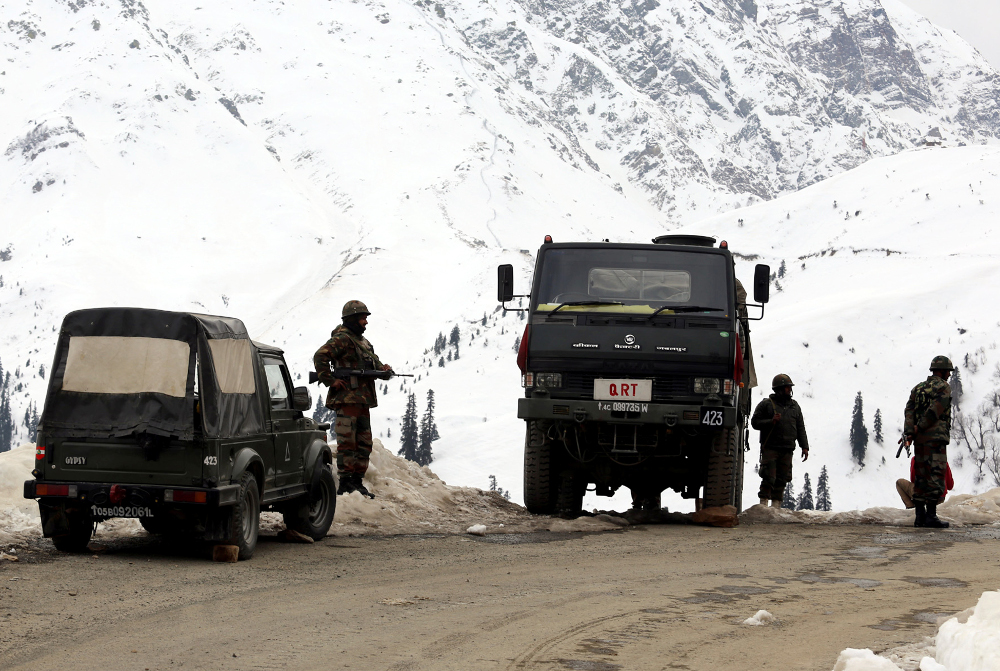On Tuesday, officials with knowledge of the situation said that the Indian Army plans to buy 300 indigenous logistics rough terrain vehicles. These vehicles can be used to move loads and get injured people out of areas with medium to high altitudes.
Officials said that the army will use the emergency procurement fast-track process to buy the highly mobile, flexible wheeled vehicles.
The news comes as the standoff between the Indian army and the Chinese army along the Line of Actual Control (LAC) in the Ladakh sector continues and tensions spread to the eastern sector as well.
In a request for proposals (RFP) sent to possible bidders on Tuesday, the army said that these vehicles should be able to be moved by helicopter and work at an altitude of 16,000 feet. The RFP said, “Their ability to work in snow-covered, hilly terrain for long periods of time makes them perfect for last-mile delivery (LMD) tasks.”
The army plans to use these vehicles in places where the temperature ranges from -20°F to +45°F. A built-in cold engine start system is another important thing that the army needs. Also, these vehicles shouldn’t have engines with less than 30 HP and a range of less than 100 km. The officials said that these vehicles are likely to be used in Ladakh and the eastern sector as well.
Along the border with China, the army is quickly improving its weapons and systems. These include artillery guns, swarm drone systems that can carry out offensive missions in enemy territory, longer-range rockets, remotely piloted aerial systems, and high-mobility protected vehicles. The army is also working on developing light tanks for mountain warfare and futuristic infantry combat vehicles (FICVs).
The RFP said that the new logistics RTVs should have a rollover protection system and be able to work for at least nine years or 80,000 km. It also describes the operators’ product support, engineering support package, spare parts, and training package. The vehicles have to be sent within a year of when the contract was signed.
The army is putting a lot of effort into building up its combat capabilities along the disputed border with China. This is part of a larger plan to steadily improve its operational readiness to deal with any challenge from the People’s Liberation Army (PLA).
In May 2020, there was a standoff at the border between India and China. Even though the two sides have had some success getting their soldiers out of some trouble spots on the LAC in Ladakh, talks are still going on to break the stalemate that has ruined their relationship. Before the conflict can stop getting worse and troops and weapons can be taken out of the area, all soldiers must leave all points of conflict.
Corps commanders from both armies met on the Chinese side of the Chushul-Moldo border on December 20. This was just 11 days after several Indian and Chinese soldiers were hurt in a fight along the Line of Actual Control (LAC) at Yangtse, which is near Tawang in Arunachal Pradesh. During the 17th round of military talks, there were no signs that the border dispute in the Ladakh sector was getting better.
